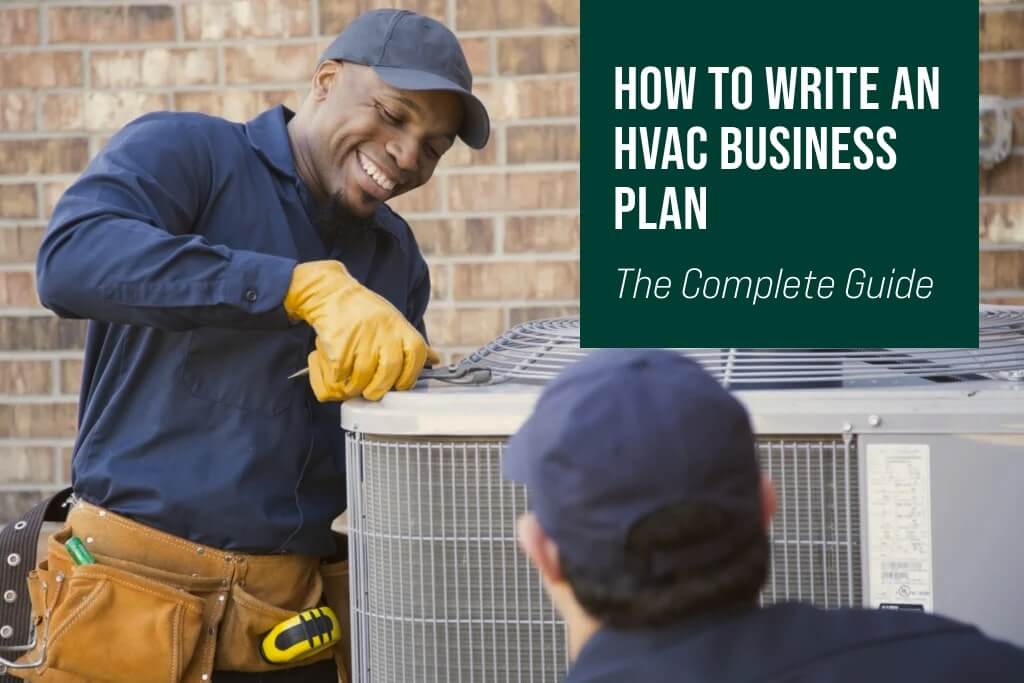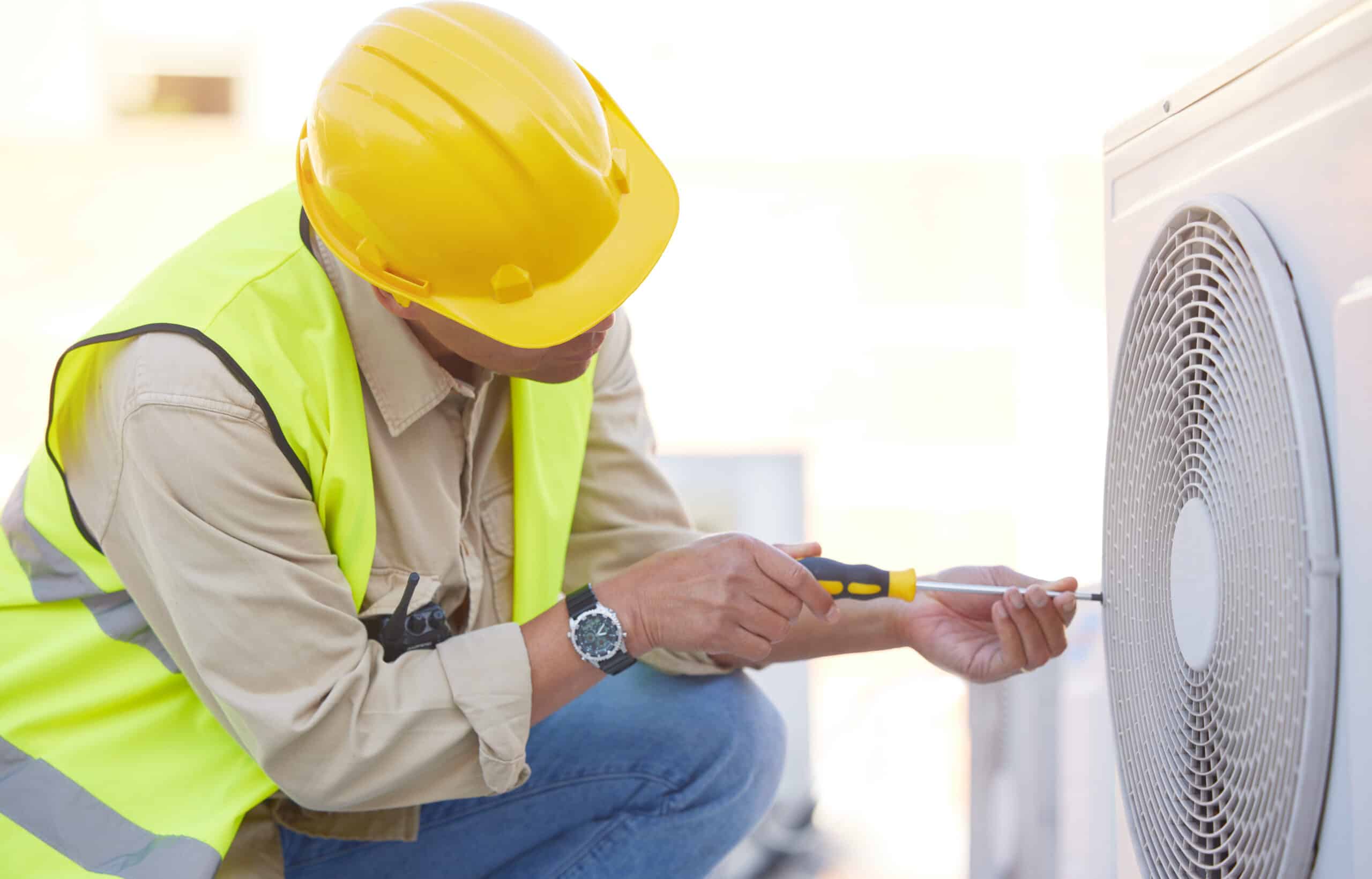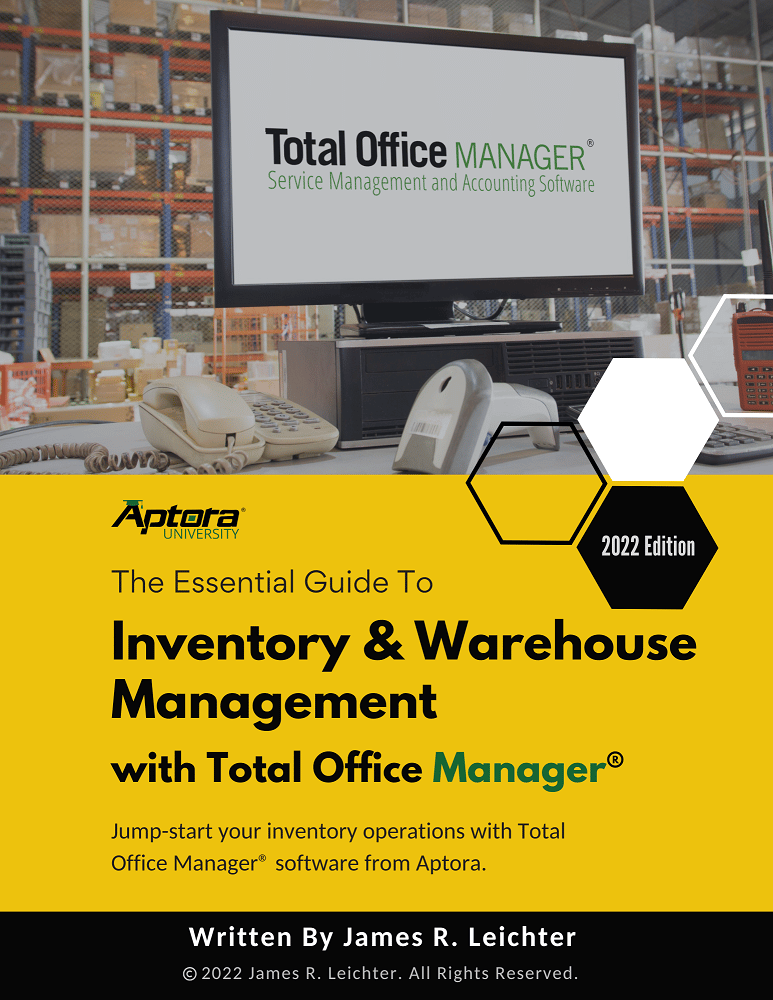
How to Write a Winning HVAC Business Plan (FREE Template)
In my 27 years navigating the trenches of this industry, from turning a wrench to consulting for hundreds of contractors, I’ve seen a clear dividing

Key Takeaways
Every HVAC job comes with inherent risks, especially if you’re just starting out. By following the right HVAC safety tips, you’ll not only stay protected but also help ensure your repairs and installations last.
In this guide, you’ll learn the best practices for personal protective equipment, handling refrigerants, avoiding electrical hazards, and more. Whether you’re tackling a simple filter change or setting up an entire heating system, these safety measures will set you up for success in your HVAC contractor business.
Working in HVAC can involve confined spaces, moving machinery, and exposure to chemicals and extreme temperatures. Failing to prioritize safety puts both technicians and clients at risk. Beyond personal harm, accidents can lead to dealing with costly damage or legal liabilities.
Staying aware of the dangers and knowing how to mitigate them allows you to deliver high-quality, safe work every single time.

The first step to staying safe is wearing the correct personal protective equipment (PPE). It’s easy for a new HVAC technician to overlook the importance of PPE, but remember that even a small mistake can lead to injury.
Electricity is at the heart of nearly every HVAC system. To avoid shocks, fires, or equipment damage, you’ll need to follow strict protocols when working with wiring, motors, and control panels.
Lockout/tagout is a system designed to isolate electrical circuits so that power cannot be inadvertently turned on during maintenance.
Following these steps ensures that no one will accidentally energize the system while you’re mid-repair.
Before you begin any task, check the system’s wiring for signs of damage, such as cracked insulation or burnt odor. Loose connections can easily spark or overheat.
Inhaling refrigerant can cause dizziness, respiratory issues, or severe medical problems. Moreover, many refrigerants have environmental risks if released into the atmosphere.
When handling or disposing of refrigerants, make sure your workspace is well-ventilated. Open windows or use fans to circulate air if you’re working in confined areas. Some tasks might even require specialized ventilation equipment to remove fumes effectively.
Releasing refrigerants (like Freon) into the air is not only hazardous but also illegal. Instead, use certified recovery machines and cylinders to contain and recycle or dispose of old coolant.
For more details on proper refrigerant disposal, see the EPA’s Refrigerant Management Requirements.

HVAC jobs frequently involve working on roofs, in basements, or around slippery surfaces. A fall can lead to severe injuries, so it’s essential to stay vigilant.
Tools, wires, and materials scattered across the floor increase your chances of tripping. Establish a habit of putting away tools immediately after use and coiling hoses or wires neatly.
Rooftop units or elevated ductwork require sturdy ladders or scaffolding. Ensure your ladder is set on stable ground and angled correctly to prevent tipping.
Pro Tip: Always maintain three points of contact on the ladder (two feet and one hand) for better balance.
HVAC work can expose you to dust, mold, and other allergens which can be a serious health hazard. Regular handwashing and safe cleaning practices minimize cross-contamination and health risks.
Worn-out or malfunctioning tools often lead to accidents. Even if you’re a new HVAC technician, investing in quality equipment and performing regular checks is crucial for safety and efficiency.
Consult OSHA’s Tool Safety Guidelines for best practices on tool inspection and care.

Furnaces, boilers, and air handlers can become fire hazards if improperly serviced. Ensure you understand the location of circuit breakers, gas shutoff valves, and fire extinguishers before starting any job.
A small leak in a gas furnace line can escalate into a serious problem. Use soapy water to check for bubbles around connections, indicating a leak that needs immediate repair.
Heating systems can sometimes emit carbon monoxide if vents or exhaust systems fail. Install detectors in mechanical rooms or near HVAC equipment to monitor air quality.
Working safely in HVAC isn’t a one-time event—it’s a continuous commitment to following regulations, updating your knowledge, and reassessing risks. Technology, practices, and guidelines evolve, so invest in professional development courses and check for updates to local or federal regulations.
As you grow more confident with your HVAC safety routine, you’ll also discover that the business side of running service calls is just as important. That’s where Aptora’s HVAC software comes in. Designed to help you schedule jobs, manage inventory, and handle invoices seamlessly, Aptora ensures you spend less time on paperwork and more time perfecting your craft. Explore Aptora’s HVAC business software today to keep your operations efficient, compliant, and stress-free.
Yes. Specialized equipment, such as a certified recovery machine and recovery cylinders, is essential to safely capture and contain refrigerants. Using unauthorized or homemade setups risks leaks, health hazards, and environmental damage.
It’s best practice to check your PPE at the start of each workday. Look for cracks in goggles, punctures in gloves, or loose straps on respirators. Damaged PPE doesn’t offer full protection.
Basic tasks like testing voltage might be manageable with some experience. However, any advanced electrical work—like rewiring a control panel—should be conducted only after receiving proper training or by a licensed professional. Working with live circuits without the right knowledge can lead to severe injuries or even fatalities.
By incorporating these HVAC safety tips into your routine and continuing to learn, you can protect yourself, your clients, and the valuable HVAC systems you service. Stay vigilant, stay prepared, and you’ll ensure long-term success as a new HVAC technician.

Subscribe to our newsletter


By submitting this form, I agree to receive marketing communication via phone call, email, or SMS from Aptora.

By submitting this form, I agree to receive marketing communication via phone call, email, or SMS from Aptora.